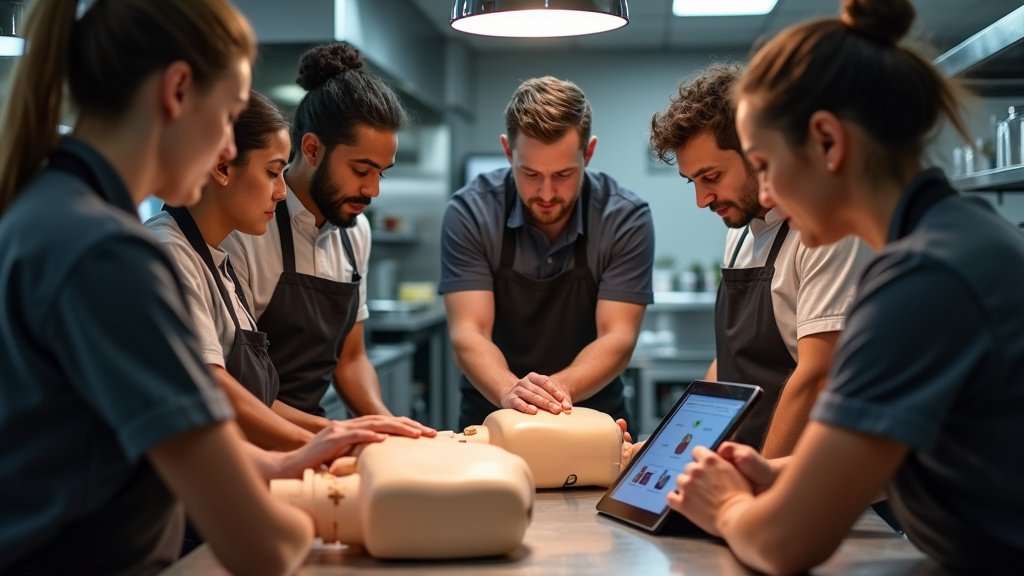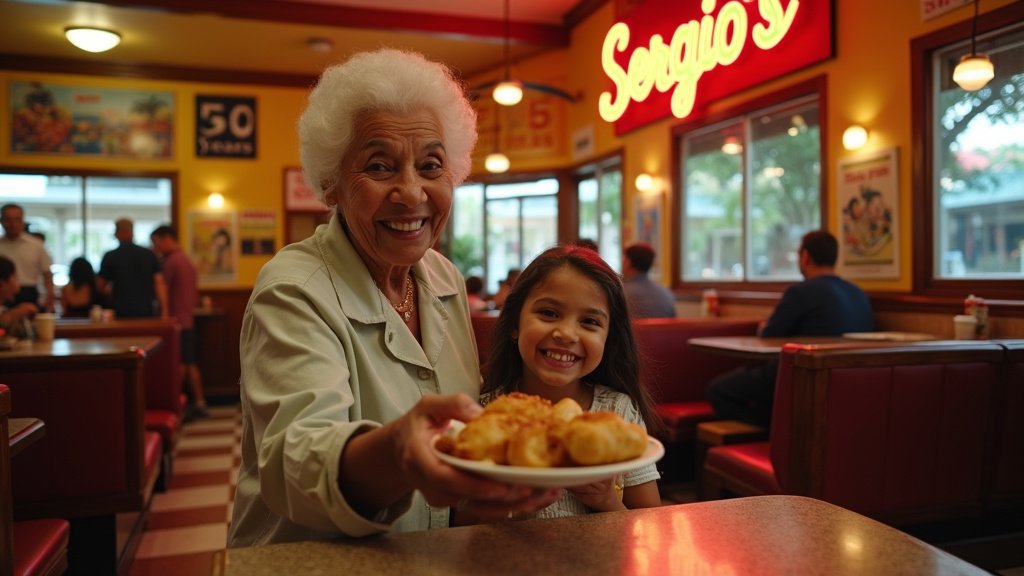A wave of heightened awareness regarding emergency preparedness is sweeping across various sectors, underscored by the growing demand for life-saving skills like CPR, AED use, and basic first aid. This surge in interest is not only driven by a collective desire for personal and community safety but also by trending advancements in training methodologies, notably the rise of blended learning. This modern approach, combining flexible online theory with essential hands-on practice, is making critical emergency response skills more accessible than ever before.
The news today highlights the vital role these competencies play, particularly in public-facing environments such as the bustling hospitality industry and the dynamic world of restaurants. In cities like Miami, where customer interaction is constant and safety protocols are paramount, equipping staff with these skills is becoming a cornerstone of responsible business practice.
The Growing Imperative for Life-Saving Skills
Emergencies, from sudden cardiac arrests to everyday accidents, can occur anywhere, at any time. Statistics from the American Heart Association reveal that over 350,000 cardiac arrests happen outside of a hospital each year in the U.S., with a survival rate that can triple if immediate bystander CPR is administered. These figures underscore a critical reality: the minutes before professional medical help arrives are often the most crucial. Individuals trained in CPR, AED use, and basic first aid act as vital links in the chain of survival, bridging this critical gap and significantly increasing the chances of a positive outcome.
These skills are not confined to healthcare professionals; they are essential for everyone, empowering individuals to act confidently and effectively in emergencies at home, in the workplace, or in public spaces. OSHA requirements, for instance, mandate that workplaces ensure prompt first aid treatment for employees, especially if medical facilities are not in close proximity. While OSHA doesn’t mandate CPR training in all cases, it recommends it, and specific industries like logging, confined spaces, and electrical work have explicit CPR training requirements. This regulatory push, combined with a general increase in safety consciousness, fuels the demand for comprehensive training programs.
Blended Learning: The Flexible Future of Emergency Preparedness
The traditional model of in-person training, while effective, often presents scheduling challenges for busy individuals and organizations. Blended learning has emerged as a highly effective and increasingly trending solution, adeptly merging the convenience of online education with the necessity of hands-on skill development. This hybrid approach typically involves completing theoretical modules, such as understanding cardiac arrest, administering chest compressions, and learning about AED usage, through online platforms at one’s own pace. This is then complemented by a focused, in-person skills session where participants practice techniques on manikins under the guidance of certified instructors.
The benefits of this format are manifold: it offers unparalleled flexibility, catering to diverse schedules and shift work; it is time and cost-efficient, reducing travel and venue costs; and it often leads to better retention through interactive online content and practical application. This makes obtaining vital certifications more achievable for a wider demographic, from working parents and students to employees in fast-paced industries.
Elevating Safety in High-Contact Environments: Restaurants and Beyond
The hospitality sector, particularly the restaurant industry, represents a high-traffic environment where direct interaction with the public is constant. For restaurants in Miami and across the nation, ensuring the safety of both patrons and staff is not merely a matter of good service but a critical operational and ethical imperative. Emergencies such as choking incidents, allergic reactions, or sudden cardiac events can occur unexpectedly, making trained staff indispensable.
Employees equipped with CPR and First Aid certifications can provide immediate, life-saving interventions, significantly reducing the severity of injuries and improving patient outcomes before emergency medical services arrive. Beyond direct life-saving capabilities, this training enhances a restaurant’s reputation, fosters customer trust, and can mitigate legal liabilities. While specific mandates for CPR training in all Miami restaurants may vary by local ordinance, the general emphasis on robust safety and sanitation practices, coupled with the growing trend towards comprehensive workplace safety, makes such certifications highly desirable and increasingly standard. Cintas, for example, offers American Heart Association-certified training in Miami, covering essential skills for First Aid, CPR, and AED use, available in both in-person and blended formats.
Community Preparedness and Organizational Responsibilities
The importance of first aid and CPR training extends beyond individual readiness; it is fundamental to building resilient communities. Non-profit organizations play a crucial role in this endeavor by making training accessible, often at low or no cost, and by conducting outreach in schools, community centers, and public spaces. Initiatives like those offered by 4C for Children, which provides specialized training for early childhood professionals, exemplify how community-focused organizations champion health and safety. Their scheduled “CPR+AED and Basic First Aid (Blended)” sessions in Hamilton County, Ohio, on August 27-28, 2025, highlight the trending availability of such essential courses through local community hubs.
Furthermore, workplaces are increasingly recognizing the value of having trained personnel. Beyond specific OSHA-mandated requirements for certain industries, many employers proactively train their staff to enhance workplace safety, reduce accident severity, and demonstrate a commitment to employee well-being. This commitment not only fosters a safer work environment but also builds employee confidence and can even improve an organization’s overall standing and credibility within the community.
The Future of First Aid: Trends Shaping Preparedness
The landscape of emergency preparedness is continuously evolving, driven by technological advancements and a deeper understanding of public health needs. Emerging trends include the integration of virtual reality (VR) and augmented reality (AR) for more immersive and realistic training simulations, the use of artificial intelligence (AI) for personalized learning experiences, and the widespread adoption of mobile applications for quick access to information and training modules. There is also a growing focus on mental health first aid, recognizing the psychological impact of emergencies. These innovations are making life-saving education more dynamic, accessible, and effective, ensuring that individuals are better equipped than ever to respond to a wide array of crises.
In conclusion, the proactive pursuit of CPR, AED, and basic first aid knowledge, particularly through accessible blended learning formats, is a critical trend shaping a safer future. From equipping restaurant staff in vibrant cities like Miami to strengthening community resilience and fulfilling workplace safety obligations, these skills empower individuals and organizations to be ready when every second counts. The news is clear: investing in emergency preparedness is an investment in lives saved and communities strengthened.





